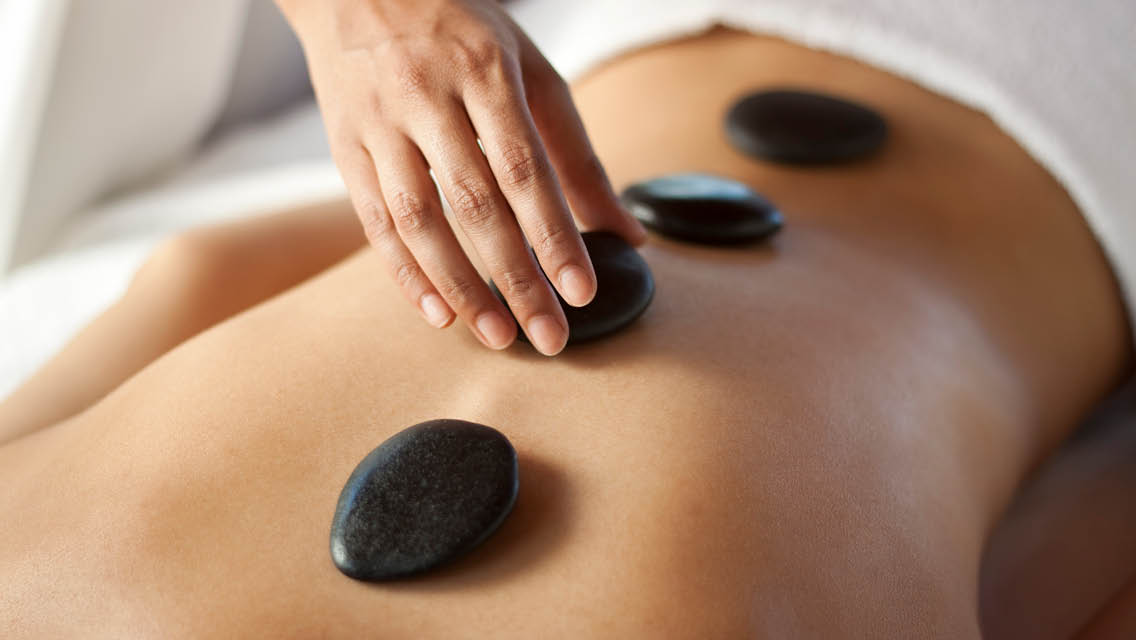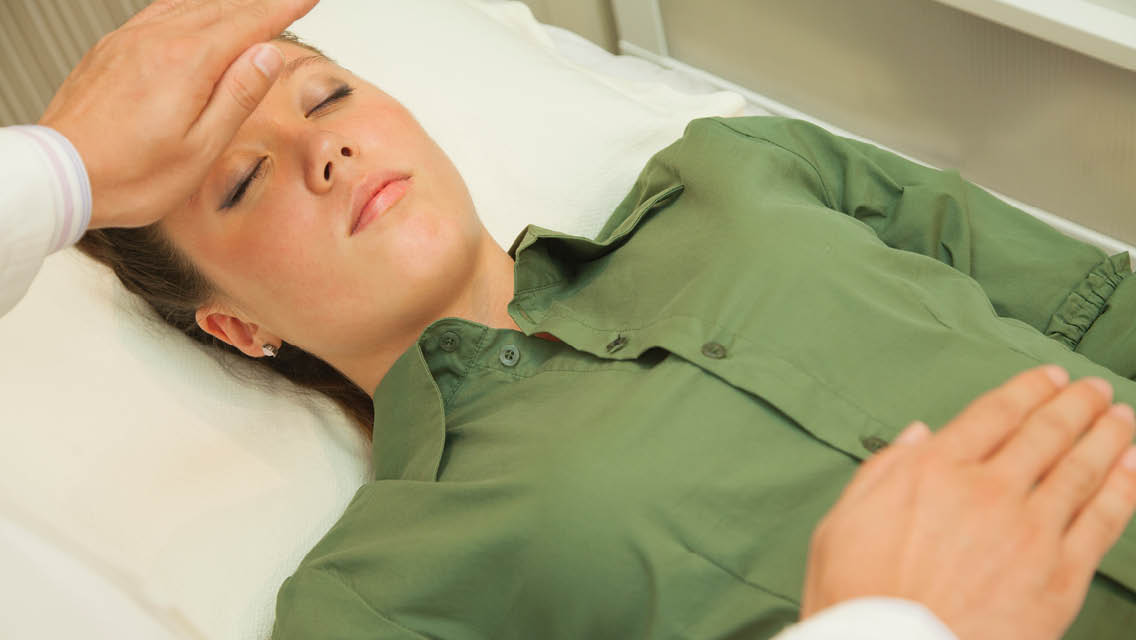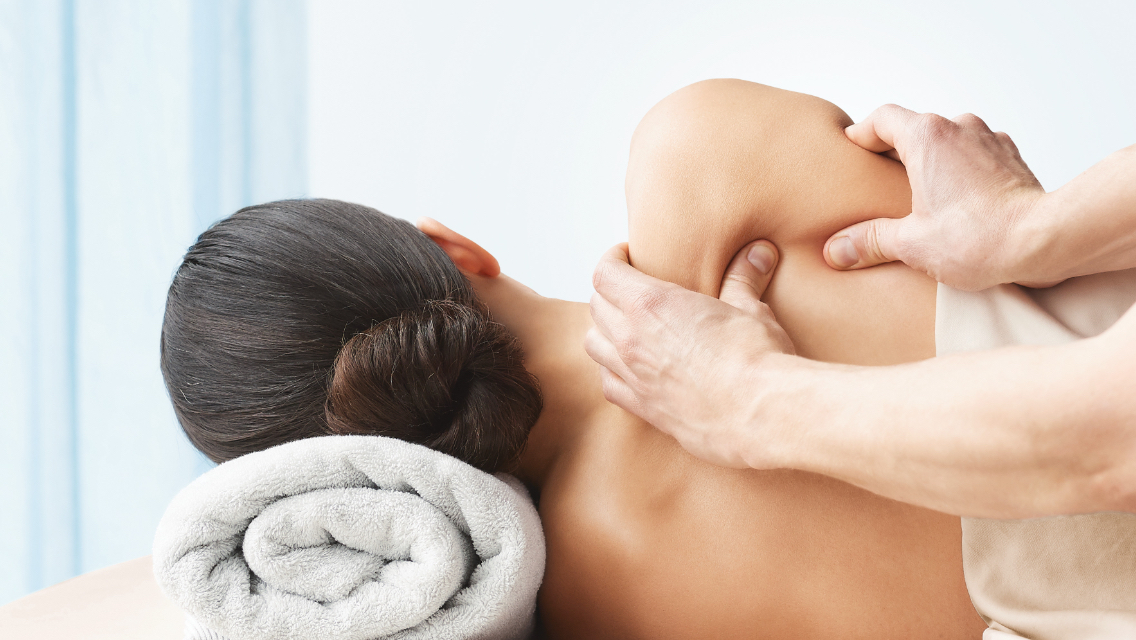Massage therapy takes many forms, and we may need different approaches at different times. “Sometimes a modality works for six months, and then you have to switch it up,” notes massage therapist Nell Rueckl, founder of Spot Spas in Minneapolis. These are some popular forms of massage, and some of the conditions for which they’re best suited.
- Active Release Techniques (ART) is a hands-on treatment approach designed to heal soft-tissue injuries and nerve damage, among other issues.
- Acupressure uses the same approach as acupuncture, but with hands instead of needles. It applies focused pressure to points along the body to release energetic congestion and open the body’s energy pathways. Acupressure can be helpful for back pain, menstrual cramps, and headaches.
- Chi Nei Tsang focuses on the abdomen, to clear out physical and energetic knots and tangles so that chi (energy) can flow smoothly. Good for digestive troubles and lower-back pain.
- Craniosacral Therapy is a gentle, noninvasive approach during which a therapist applies pressure no greater than the weight of a nickel to the cranial bones, spinal column, and sacrum to balance energy, treat headaches, and reduce mental stress. Mild enough for infants, as well as the elderly.
- Deep-Tissue Massage relies on slower strokes and targeted pressure, often with fingers, thumbs, or elbow. Great for releasing tension, reducing stiffness, and lowering blood pressure.
- Hot-Stone Massage features smooth, warm stones placed on the body. These become focal points of relaxation as the heat penetrates and soothes tense muscles. Good for pain relief.
- Myofascial Release is a light, sustained pressure applied to constrictions in the body’s fascia — the meshlike connective tissue beneath the skin and surrounding muscles and bones — to elicit elongation and release. It’s good for reducing pain and improving range of motion. (To learn more about fascia’s many roles, see “The Fascia Connection“.)
- Rolfing is a vigorous method of manipulating muscle and connective tissues to achieve structural balance. It can help relieve chronic stiffness, compression from injury or surgery, or pain from repetitive motion. Many find it particularly intense.
- Shiatsu is a traditional Japanese modality, directing pressure to lines of energy (meridians) associated with health and well-being. It can ease chronic pain and tension, pain from an injury or accident, headaches, and sleep or digestive issues.
- Swedish Massage involves a combination of long, gliding strokes, as well as techniques such as kneading and percussion. Swedish massage is thought to enhance health by increasing blood flow to the muscles.
- Trigger-Point Therapy focuses on addressing trigger points that may appear as knots in the muscles — most often in the shoulders, upper back, and neck. This approach uses pressure to dissolve the knots, helping to relieve pain and symptoms surrounding the knots and in other parts of the body.
This was excerpted from “Hands On” which was published in the November 2021 issue of Experience Life magazine.





This Post Has 0 Comments